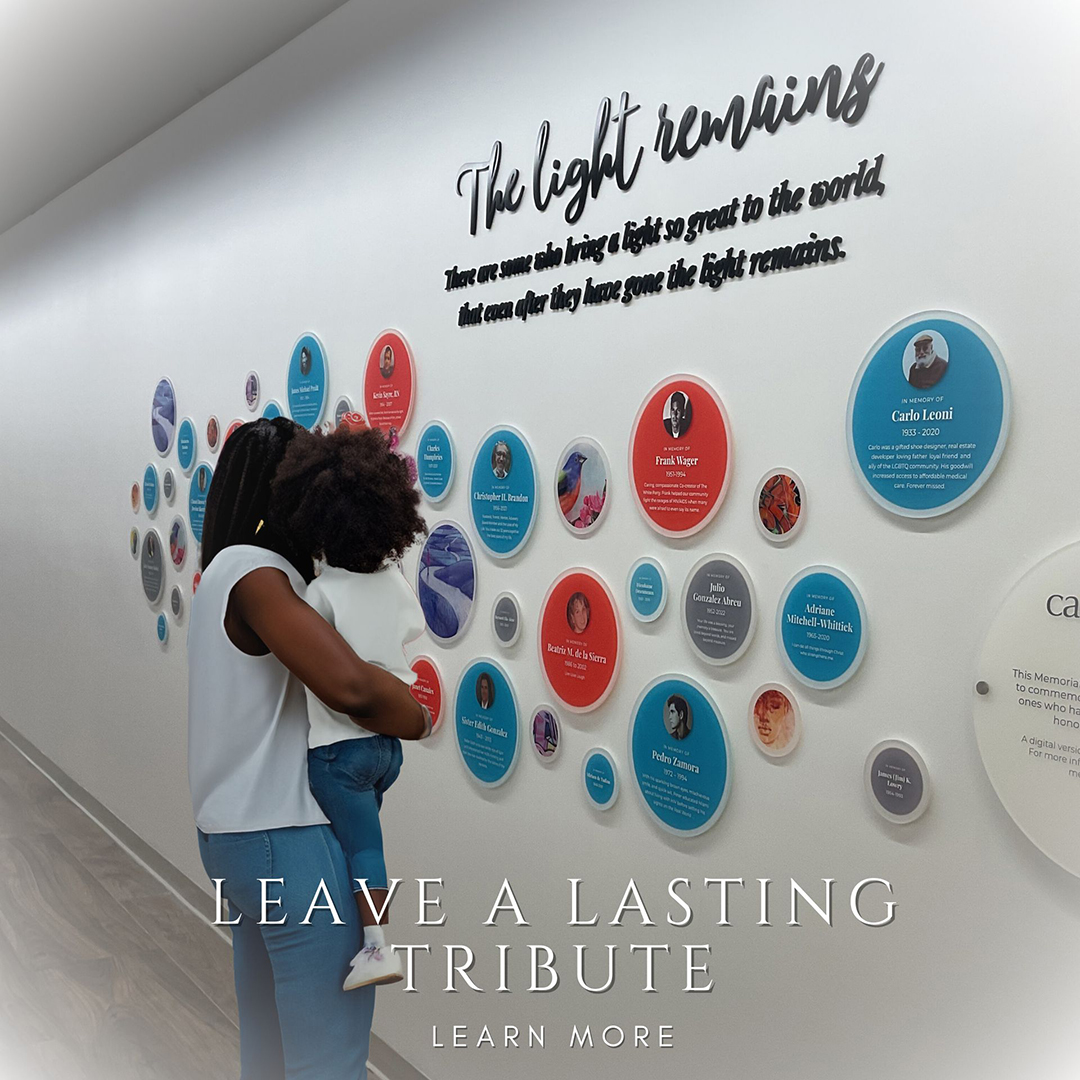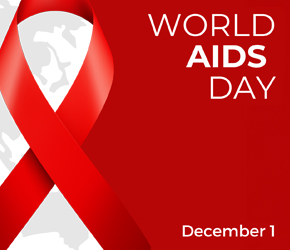 You’ve probably heard about binge drinking before, but have you heard about high-intensity drinking (HID)? It’s a drinking pattern that’s causing concern for health experts, and it’s something we should all pay attention to. HID goes beyond the usual binge drinking and involves consuming large amounts of alcohol in a short period, which can seriously harm your health both immediately and in the long run.
You’ve probably heard about binge drinking before, but have you heard about high-intensity drinking (HID)? It’s a drinking pattern that’s causing concern for health experts, and it’s something we should all pay attention to. HID goes beyond the usual binge drinking and involves consuming large amounts of alcohol in a short period, which can seriously harm your health both immediately and in the long run.
What is High-Intensity Drinking?
To put it simply, high-intensity drinking is like binge drinking on steroids. Binge drinking is defined by the National Institute on Alcohol Abuse and Alcoholism (NIAAA) as drinking five or more drinks in a two-hour period for men and four or more drinks for women. High-intensity drinking takes that and ramps it up significantly—drinking double or triple that amount.
Imagine you’re at a party with friends, and you see someone drinking 10 or more drinks in a couple of hours. That’s high-intensity drinking. It’s not just a few drinks—it’s a lot. This can have some serious consequences for your body.
Why Is High-Intensity Drinking a Problem?
Drinking that much, this fast, can wreak havoc on your body. At first, it might seem like you’re just having a good time, but the risks are real. In the moment, it can lead to alcohol poisoning, blackouts, or accidents. Over time, though, those repeated binges can do lasting damage to your liver, heart, and other organs. According to the Centers for Disease Control and Prevention (CDC), drinking excessively over time also increases your risk of certain cancers and mental health issues like depression and anxiety.
Our Behavioral Health Manager, Sherly Constant, says, “It’s easy to underestimate the risks of drinking too much in one sitting, especially when it feels like everyone around you is doing the same. But high-intensity drinking doesn’t just put you in danger that night—it can have lasting effects on your mental and physical health. A little mindfulness can go a long way.”
Who Is Affected?
High-intensity drinking isn’t just a college issue. While it might get a lot of attention among younger people, adults of all ages are getting caught up in it, too. Sometimes, it’s a way of coping with stress, tough life changes, or just fitting in with a social group. Easy access to alcohol and society’s casual attitude toward drinking can make it feel almost normal, but the risks are still there.
How Can You Avoid High-Intensity Drinking?
You don’t have to fall into the trap of high-intensity drinking. Here’s how to keep it in check:
- Set a limit before you start drinking. Decide how many drinks you’ll have, and stick to that. It’s easy to get carried away when you don’t have a plan.
- Find other ways to cope with stress or social pressure. If you feel like drinking more to relax or fit in, try alternatives—exercise, taking up a new hobby, or just talking things out with a friend can all help.
- Ask for help if you need it. If you’re worried about your drinking or know someone who might be struggling, there’s no shame in reaching out. The Substance Abuse and Mental Health Services Administration (SAMHSA) offers free, confidential support at 1-800-662-HELP (4357).
At Care Resource, we care about your well-being. If you’re concerned about your drinking habits, don’t hesitate to reach out to our Behavioral Health team. We have resources to help you make healthier choices and get the support you need.















